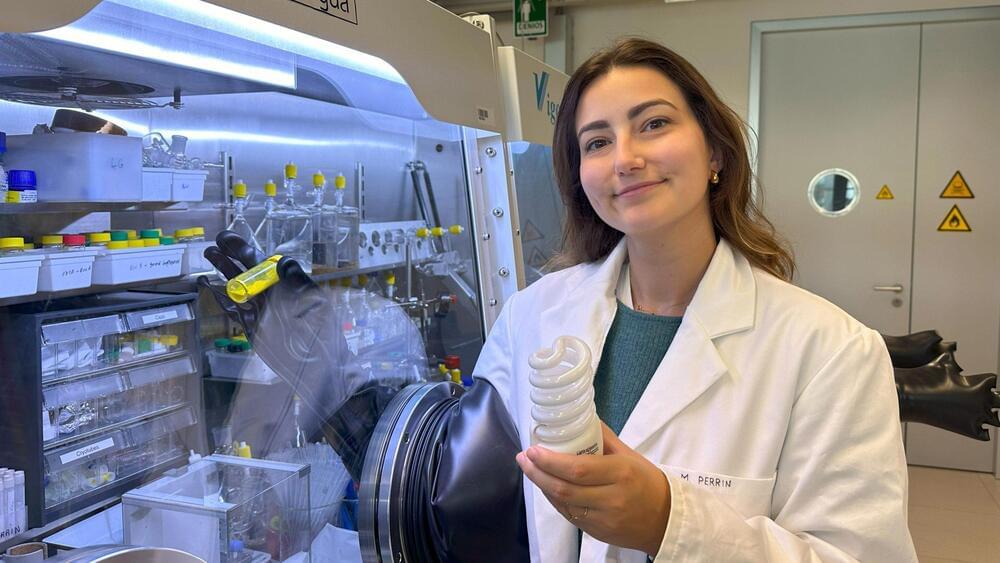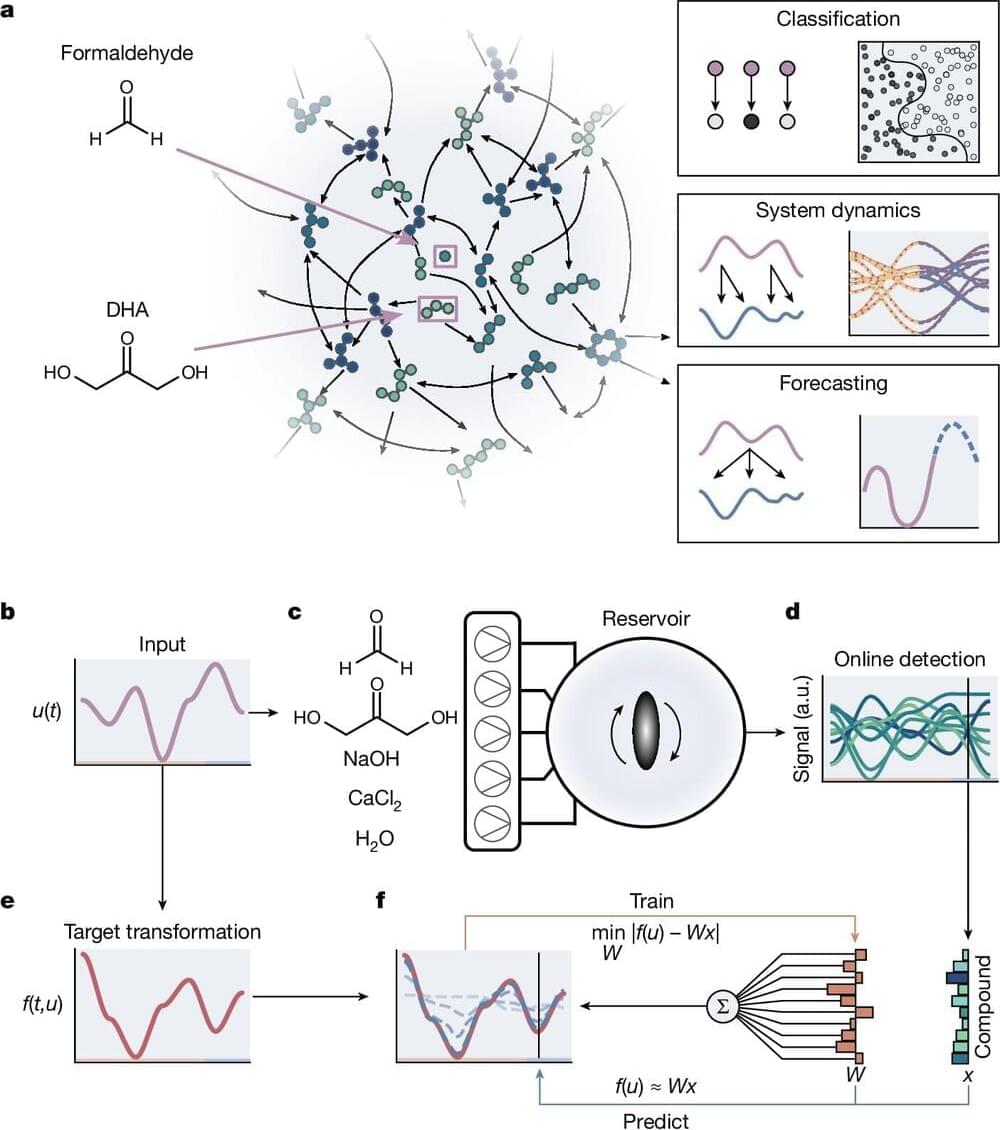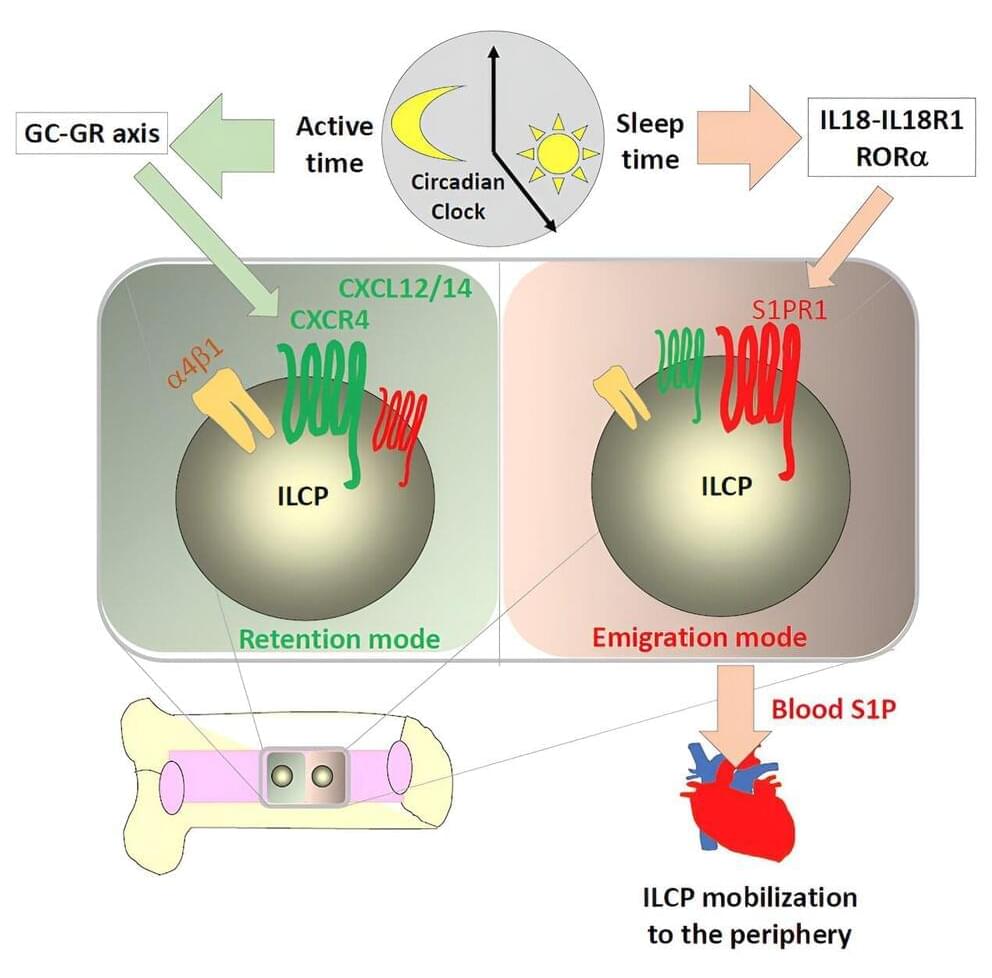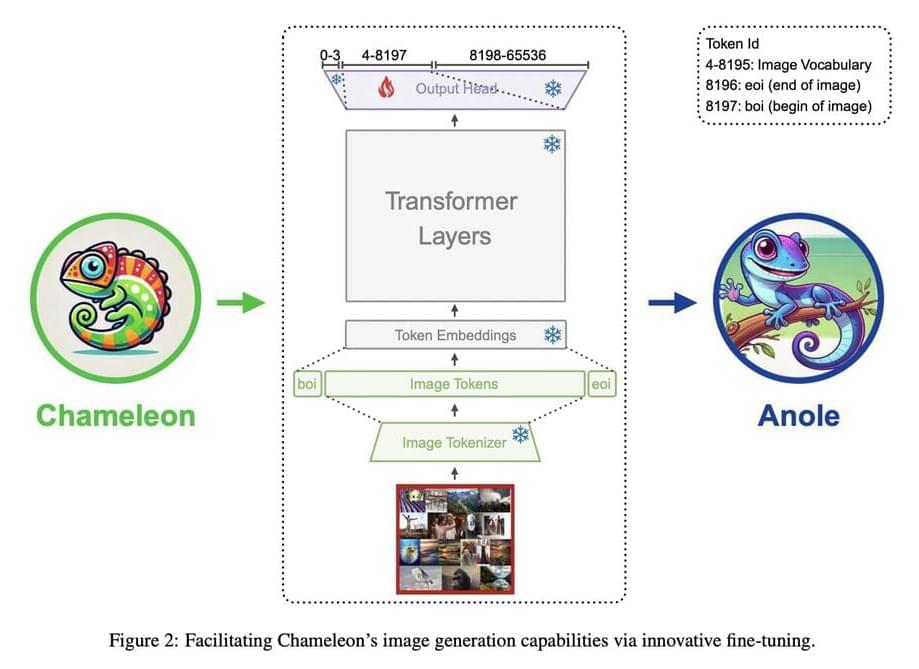Residents suffer sleepless nights without air-conditioning as energy company blames fallen trees for outages.
Scientists at the City University of Hong Kong (CityUHK) have developed highly efficient, printable and stable perovskite solar cells to achieve carbon neutrality and promote sustainable development.
The new type of perovskite solar cells can be mass-produced at a speed comparable to newspaper printing, with a daily output of up to 1,000 solar panels. Owing to their flexible, semi-transparent characteristics, they can also be made into light-absorbing glass windows, realizing the concept of “urban solar farms” in cities with many high-rise buildings.
The research is led by the Lee Shau Kee Chair Professor of Materials Science at CityUHK, Professor Alex Jen Kwan-yue, and the results were published in Nature Energy.
Furthermore, the synergy between educational programs, cultural influences and the tangible benefits derived from space exploration not only enriches our present-day society but also ensures a legacy of continuous innovation and exploration. This ongoing engagement with space inspires future generations to look beyond our planetary boundaries and consider what might be possible in the broader cosmos.
Space exploration presents significant challenges, including costs, astronaut health risks and technological hurdles for interstellar travel. Ethical and legal considerations regarding space colonization, resource utilization and celestial environmental impact require careful consideration and international cooperation.
While Silicon Valley visionaries envision a future among the stars, other voices remind us of our responsibilities to Earth. These are not mutually exclusive goals. By leveraging advancements and opportunities from space exploration, we can better protect and enhance life on Earth. Through economic benefits, scientific advancement and social inspiration, space exploration remains a crucial endeavor for humanity, not as an escape from our problems, but as a way to expand our horizons and solve them on our home planet.
Tonight sees the beginning of the year’s popular annual meteor shower that brings the most prolific displays—the Perseids. This year, it will peak in moonless skies.
Scientists are developing a process inspired by nature that efficiently recovers europium from old fluorescent lamps. The approach could lead to the long-awaited recycling of rare earth metals.
A single trip would last about 6 hours and ticket prices range from $50,000 to around $184,000 per seat.
Researchers from the Institute for Molecules and Materials at Radboud University, Netherlands, have demonstrated that a complex self-organizing chemical reaction network can perform various computational tasks, such as nonlinear classification and complex dynamics prediction.
A team of scientists used NASA’s James Webb Space Telescope to parse the composition of the Crab Nebula, a supernova remnant located 6,500 light-years away in the constellation Taurus. With the telescope’s MIRI (Mid-Infrared Instrument) and NIRCam (Near-Infrared Camera), the team gathered data that is helping to clarify the Crab Nebula’s history.
The Crab Nebula is the result of a core-collapse supernova from the death of a massive star. The supernova explosion itself was seen on Earth in 1,054 CE and was bright enough to view during the daytime. The much fainter remnant observed today is an expanding shell of gas and dust, and outflowing wind powered by a pulsar, a rapidly spinning and highly magnetized neutron star.
The Crab Nebula is also highly unusual. Its atypical composition and very low explosion energy previously have been explained by an electron-capture supernova — a rare type of explosion that arises from a star with a less-evolved core made of oxygen, neon, and magnesium, rather than a more typical iron core.
Helping to defend those tissues are innate lymphoid cells, or ILCs, which when faced with a threat, stimulate proteins called cytokines that further activate the immune system and control the intestinal microbiome.
These cells naturally diminish with aging or can be depleted by certain medical conditions.
ILCs are made inside bone marrow and circulate in the blood. But how are they activated to mobilize and travel to their target sites to replenish the depleted pool of tissue ILCs?
Existing open-source large multimodal models (LMMs) face several significant limitations.









